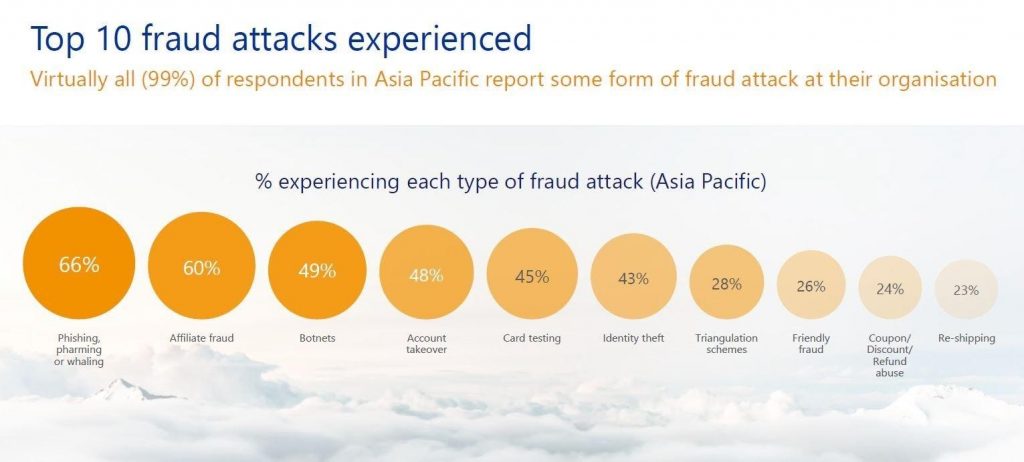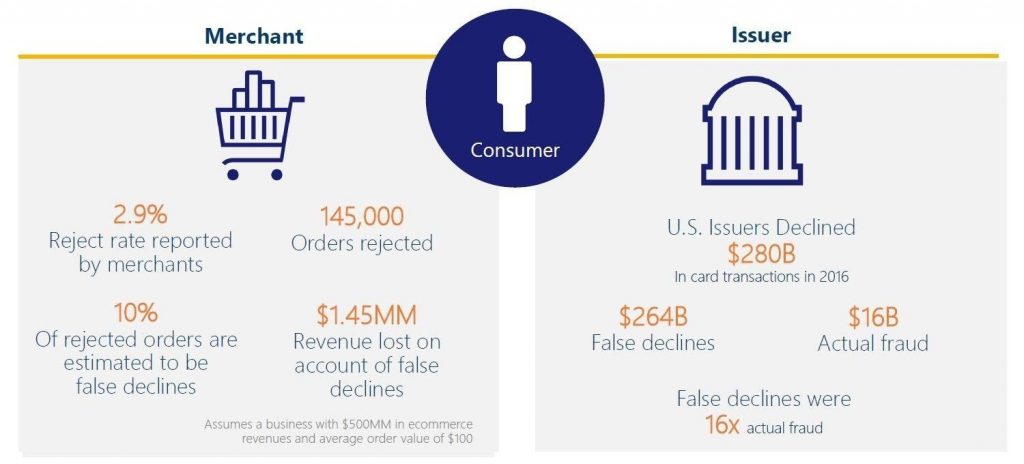Fraud management in credit card and e-payment transactions is undergoing transformation to keep a few steps ahead of cybercriminals.
Let us face the facts: society today prioritizes convenience. The popularity of e-commerce platforms is no coincidence, and it is precisely for this reason that digital payments have taken over the commerce scene.
Retail e-commerce sales worldwide will reach US$5 trillion by 2021, and will continue to grow. Asia Pacific leads the global e-commerce growth charge, outpacing all other regions with a CAGR of 14%. And what is not to love about shopping from the comfort of your home, and making payments with just a tap or a click?

Since the introduction of the first modern credit card, (the BankAmericard in 1958, later known as Visa), cashless payments have undergone a second and third revolution in which cards evolved into magnetic strip and chip cards, and eventually into tokenization and enhanced data.
Now, trends are pointing strongly in favor of a fourth payment evolution—one that will rely less on the physical card but more on AI, quantum computing and other emerging technologies. The world is going digital, and the payments industry has every intention of remaining the front runners of this wave.
What helps businesses win trust?
On the flip side, just as commerce is moving to the digital space, so too are criminals shifting their focus to digital channels. For instance, more than 3,800 organizations worldwide had their data breached in 2019 alone: a 50% increase over the last four years! This has necessitated strong authentication methods such as the screening of customers and payments.
Few things could mess up a customer experience more than a rejected payment at checkout such as getting payment information stolen and losing way more money than you expected to part with. The need to “sell more, safely” is what makes fraud management such a crucial facet of the business.
In the Asia Pacific region, 99% of organizations experience one or more of the multitude of fraud types: account takeover, phishing and mobile-related fraud take the cake.

A significant obstacle firms face is the generation of false positives when trying to identify fraudulent transactions, meaning that oftentimes they are unable to separate legitimate transactions from the illicit ones. In 2018, US$278bn in card-not-present transactions were declined globally, representing a 27% year-on-year increase.
To counter all these problems and strengthen customer trust, organizations have resorted to performing manual checks on individual transactions, which is not the most cost-effective of methods. As time passed, organizations that truly prioritized fraud management stood out, by spending much less on costly manual reviews and instead using data effectively, to their advantage.
A balancing act with tech
The challenges presented by fraud are bad, but the uncertainty surrounding fraud management is terrible. In fact, the numbers are not looking pretty. The massive disparity of false declines versus actual fraud proves that there is massive room for improvement for fraud management practices.

Now, fraud management is not all fun and games. As a business, we at Visa have to provide our customers with positive experiences in order to continue to sell more. On the other hand, it is also our duty to protect our customer and ourselves from fraud threats. Yet we must do so at an acceptable cost that matches the magnitude of the threat. This is the dilemma: the delicate balancing act of fraud management that every organization must play.
In order to empower businesses to keep their customers safe no matter where and when commerce is taking place, Visa therefore developed an AI-powered solution. The Visa Advanced Authorisation (VAA) evaluates VisaNet authorizations in real-time, helping issuers to promptly identify and respond to emerging fraud patterns and trends. Today, VAA is used by more than 8,000 issuers in 129 countries and, in 2018 alone, prevented an estimated US$25bn in fraud.
Furthermore, to enable and empower merchants, Visa has integrated machine learning into the CyberSource Decision Manager (CyberSource DM). This solution has more than 260 anomaly detectors and 15 region- channel- and industry-specific risk models, each optimized to identify fraud in different scenarios.
AI-empowered Visa solutions provide intelligent, reliable solutions that aid greatly in reducing the false positives every merchant finds as their mortal enemy. It may not recreate the perfect scenario of the symbiotic relationship between customers and businesses, but it can help businesses to sell more, safely, and that is all we need.

















